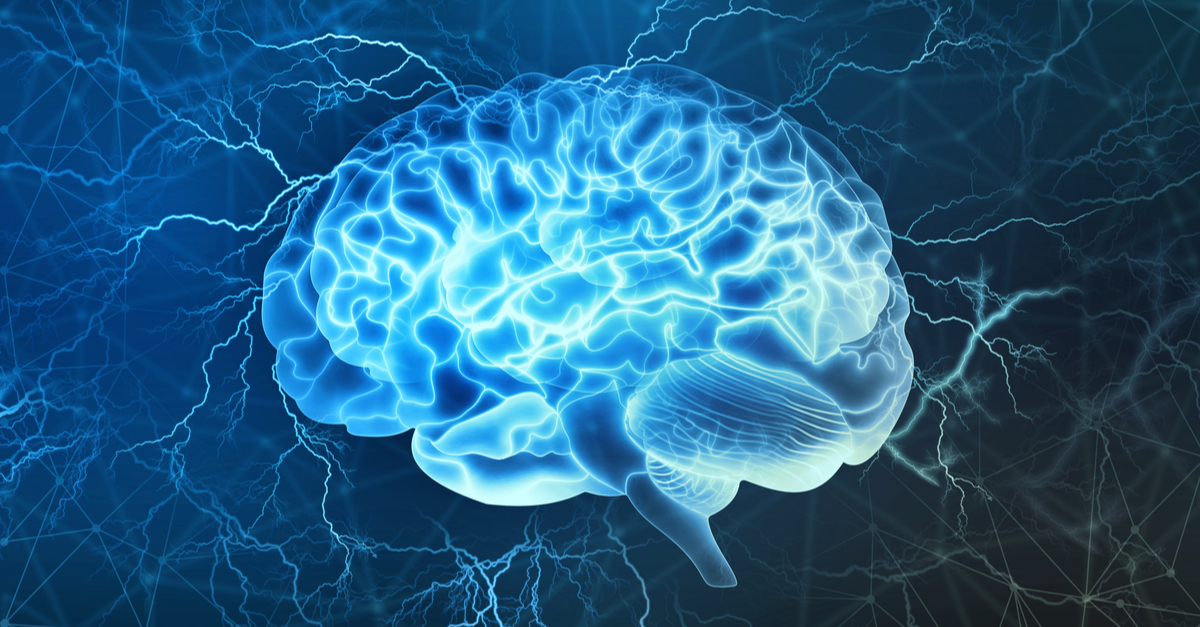 Dr. David Fawcett
Dr. David Fawcett
Dopamine is a neurotransmitter – a chemical in the brain – that is an essential part of the brain’s so-called reward circuitry, the system that “rewards” behaviors that help us survive as a species. When we cooperate with others, hug a loved one, feel that we belong, eat good food, and even when we orgasm, these so-called “natural rewards” result in the release of a little burst of dopamine which boosts our mood and bonds that good sensation to the activity itself.
Addictive behaviors take advantage of this dopamine system, essentially hijacking the reward circuitry by tricking the brain into releasing much more of the neurotransmitter than would be possible through natural rewards such as those listed above. Of all human activities, orgasm releases the most dopamine, yet even that can’t compare with the rush generated by nicotine, sexual acting out in an addictive manner, cocaine, and, most of all, methamphetamine. Even worse, once our reserves of dopamine are depleted, our elevated mood plummets and depressive symptoms set in. In extreme cases, people can actually feel suicidal and unable to experience pleasure, a condition that may persist for months while the brain repairs itself.
There are five practical implications of dopamine and addiction, listed below.
- Dopamine creates a network of cues and triggers.
Dopamine chemically fuses a specific addictive behavior to the feeling of being high. Its powerful ability to connect behaviors and sensations quickly leads to the development of countless cues which, when triggered, create cravings that pose a real threat to recovery. These include a wide variety of phenomena: people, places, and things like songs, a ringtone, a specific street, app notifications, etc. In recovery, each of these triggers must be identified and disassociated with the addiction by consciously identifying a recovery-based behavior to substitute in its place when it occurs. These dopamine-based associations are powerful, and therefore difficult to overcome.
- Dopamine heightens desire.
One of the basic functions of dopamine is to tell the brain that certain behaviors feel good and that more of them are desired. Unfortunately, addictive behaviors seize this system and take the sensation of desire to extreme levels. For example, stimulants, particularly methamphetamine, heighten sexual desire, and pornography enhances sexual sensations to the extent that the desire for sex with a real-world partner becomes less interesting and sexual dysfunction can occur. A major task of recovery is to regain balance in this disrupted reward system so that “natural” behaviors such as belonging, affection, and healthy sex once again become appealing. This takes time and patience.
- Dopamine fuels preoccupation.
Many addicts admit that their first experience engaging in addictive behavior, whether using meth, engaging in risky, taboo sex, or some other mood changer, has been difficult, if not impossible, to recapture. I have known addicts who spent years chasing the thrilling effects of that first high without success. Dopamine underlies this preoccupation, fueling obsessive thinking about the effects of a drug or constant fantasizing about sex or romance. This is an important part of the addictive cycle and can be particularly dangerous in recovery because such ongoing obsession, if not interrupted, will inevitably result in acting out. Breaking these thought patterns requires mindfulness, a willingness to release those thoughts, and an ability to redirect our attention to healthier behaviors.
- Dopamine creates tolerance.
Over time, all addictions result in the development of tolerance – the need for more of the drug or behavior to create the same effect. For example, needing increasing quantities of a drug, or moving from smoking or snorting to injecting, or engaging in sexual behaviors that are riskier or involve more taboo behaviors, are all typical of addictive tolerance. This has hastened the downfall of many addicts and, in the case of drugs, can pose a real threat of overdose. Unwinding tolerance is difficult. Many people who use drugs find that if they relapse, even after years of recovery, they “pick up right where they left off.” For sex addicts, healthy sexual behaviors need to be reintegrated while avoiding old rituals and acting out that can trigger a relapse.
- Dopamine fuses behaviors.
When I teach my dog a new trick I use a treat to reward that behavior, thereby engaging her dopamine-based reward circuitry. The same concept explains the fusion reported by people who use stimulants to enhance sex. Sex and stimulant abuse become fused so that, in recovery from drugs, sexual desire vanishes or, if some level of desire is present, a sexual thought may instantly lead to a drug craving and vice-versa. Neurologists say that “what fires together wires together,” meaning that the brain actually fuses those two behaviors together so that they become difficult to separate. Re-differentiating those behaviors in recovery, such as learning to enjoy sex or experience sexual desire without the addictive high, poses a challenge that requires vigilance and patience.
While we have much to learn about the elaborate role of dopamine and other neurotransmitters in addiction, we know enough to translate these findings into a practical understanding for recovery. This reward circuitry can be healed in recovery through mindfulness, willingness, rediscovering the pleasures of natural rewards, and patience.
* * * * * * * * * *
If you or someone you care about is struggling with pornography, help is available. Seeking Integrity offers inpatient treatment for sex and porn addicts, as well as low-cost online workgroups. At the same time, SexandRelationshipHealing.com offers a variety of free webinars and drop-in discussion groups, podcasts, and more.
